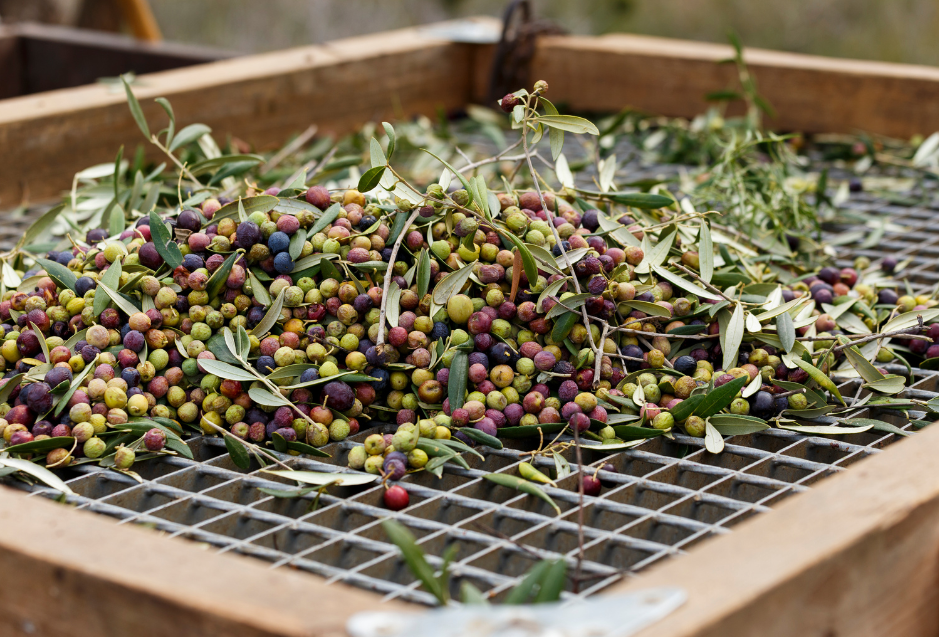Hey there, fellow food enthusiasts! Have you ever been curious about the captivating journey that turns plump olives into the cherished golden elixir known as olive oil?
This process, which spans from orchard to table, is a fascinating adventure that holds the secret to creating exceptional culinary delights. Join us as we uncover the stages of olive oil production, from meticulously picking the finest olives to the precise bottling process. Let's embark on this flavorful exploration together!
Picking the Perfect Olives
The harvesting dance sets the stage for our olive oil journey. Timing and method of picking make all the difference. Farmers carefully select the juiciest, healthiest olives for our oil.
Washing and Crushing
Once plucked, the olives get a thorough wash to ensure they're super clean. Then, it's time for the olive spa - crushing! This process releases all the tasty oil trapped inside.
Extracting the Liquid Gold
Imagine a super-sized salad spinner, but for olives! This is where the oil separates from the rest. Machines work their magic to separate the oil from any leftover water, leaving us with pure, smooth olive oil.
Getting Rid of the Gunk
After the initial extraction, the olive oil may still contain tiny fragments or impurities. These can include bits of skin, pulp, or even minuscule pieces of the olive pit. To ensure that what we're left with is nothing but pure, smooth olive oil, a meticulous filtration process comes into play.
This filtration process resembles a finely woven sieve, designed to catch any remaining particles. The olive oil is carefully passed through layers of specialized material, often made of cotton or other natural fibers. These filters work like a net, allowing the oil to pass through while capturing any unwanted debris.
Imagine it as a chef straining a sauce to remove any remaining herbs or chunks - it's about refining the texture and ensuring a consistently smooth, high-quality product.
Moreover, some producers may employ additional methods like centrifugation or gravity settling. Centrifugation uses rapid spinning to separate the oil from any remaining water or solid particles. Gravity settling, on the other hand, allows these particles to naturally sink to the bottom, leaving a clear layer of pristine olive oil above.
This stage is crucial because it not only enhances the oil's clarity and transparency but also ensures a clean, pure flavor profile. It's like giving the oil a final polish, guaranteeing that it's ready to shine in your kitchen.
By the end of this process, what emerges is nothing short of liquid gold - a vibrant, smooth olive oil that's ready to enhance the flavors of your favorite dishes.
Bottling Up the Goodness
Now comes the exciting part! The fresh, green-gold liquid is carefully poured into bottles, ready to make its way to your kitchen. Each bottle is sealed to lock in all that amazing flavor.
*Summary:*
And there you have it, curious minds! The incredible journey of making olive oil, from the orchard to your table. It's a careful process that turns olives into the liquid gold we all love. So, next time you drizzle this amazing oil on your salad or dip your bread, remember the amazing journey it took to get there! Happy cooking!

